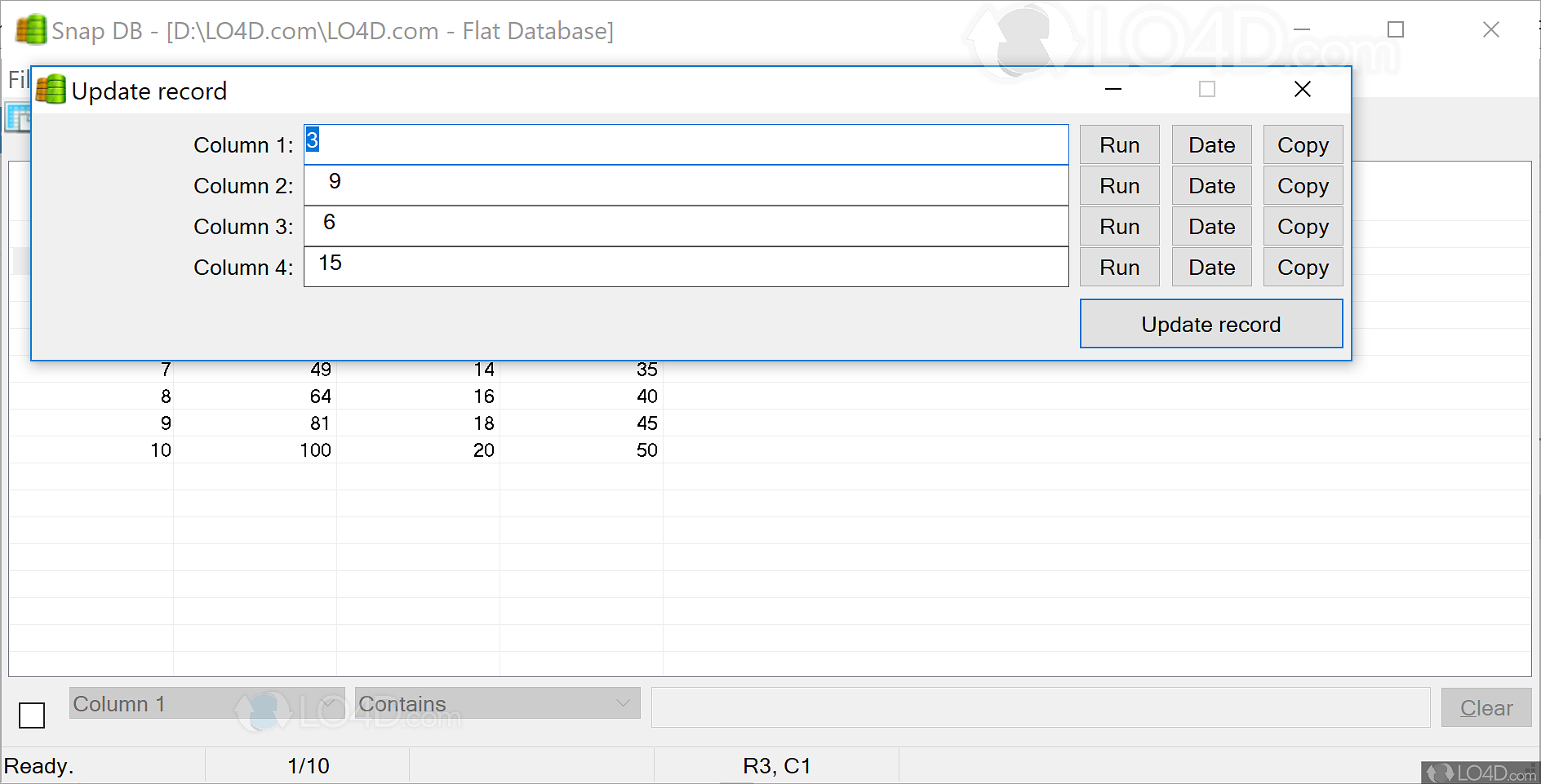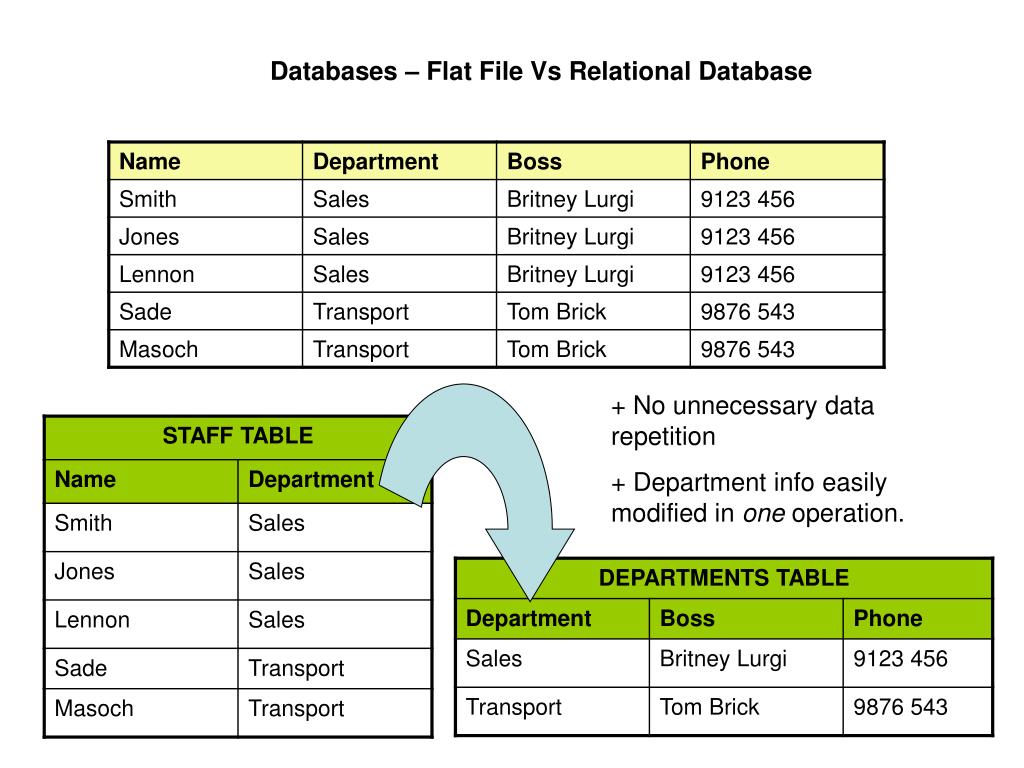


The Flat File Sample Wizard enables you to view a sample of the flat file and to define record organization and file properties. To define flat file metadata, complete the following steps:Ĭreate a module for each unique directory or path in your file system from which you want to import file metadata. You can import metadata from various types of files including character data set files and COBOL copybooks. See Oracle Warehouse Builder Data Modeling, ETL, and Data Quality Guide for details of creating mappings. If using a PL/SQL mapping, create external tables to represent the file contents as database tables.ĭesign your PL/SQL or SQL*Loader ETL mapping using the flat files as a source or target. See "Choosing Between External Table and Flat File Operators". Consider whether you want to use flat file operators or external tables. Select the type of mapping to use to extract data from the file. See "Importing Metadata Definitions from COBOL Copybooks" for details of importing metadata from COBOL copybooks. See "Using the Create Flat File Wizard" for details of creating a flat file for a binary file. See "Using the Flat File Sample Wizard" for details of Flat File wizard. See "Creating Flat File Modules".ĭefine the flat file and specify its structure, based on whether its a character file, binary file, or a COBOL copybook. The usual cycle, when working with a flat file as a source or target, is to:Įnsure that the location where the flat file stored is accessible from the host on which the mappings accessing the flat file is deployed.Ĭreate a flat file module and associate it with the flat file module location. Working with Flat Files as Sources or Targets


 0 kommentar(er)
0 kommentar(er)
